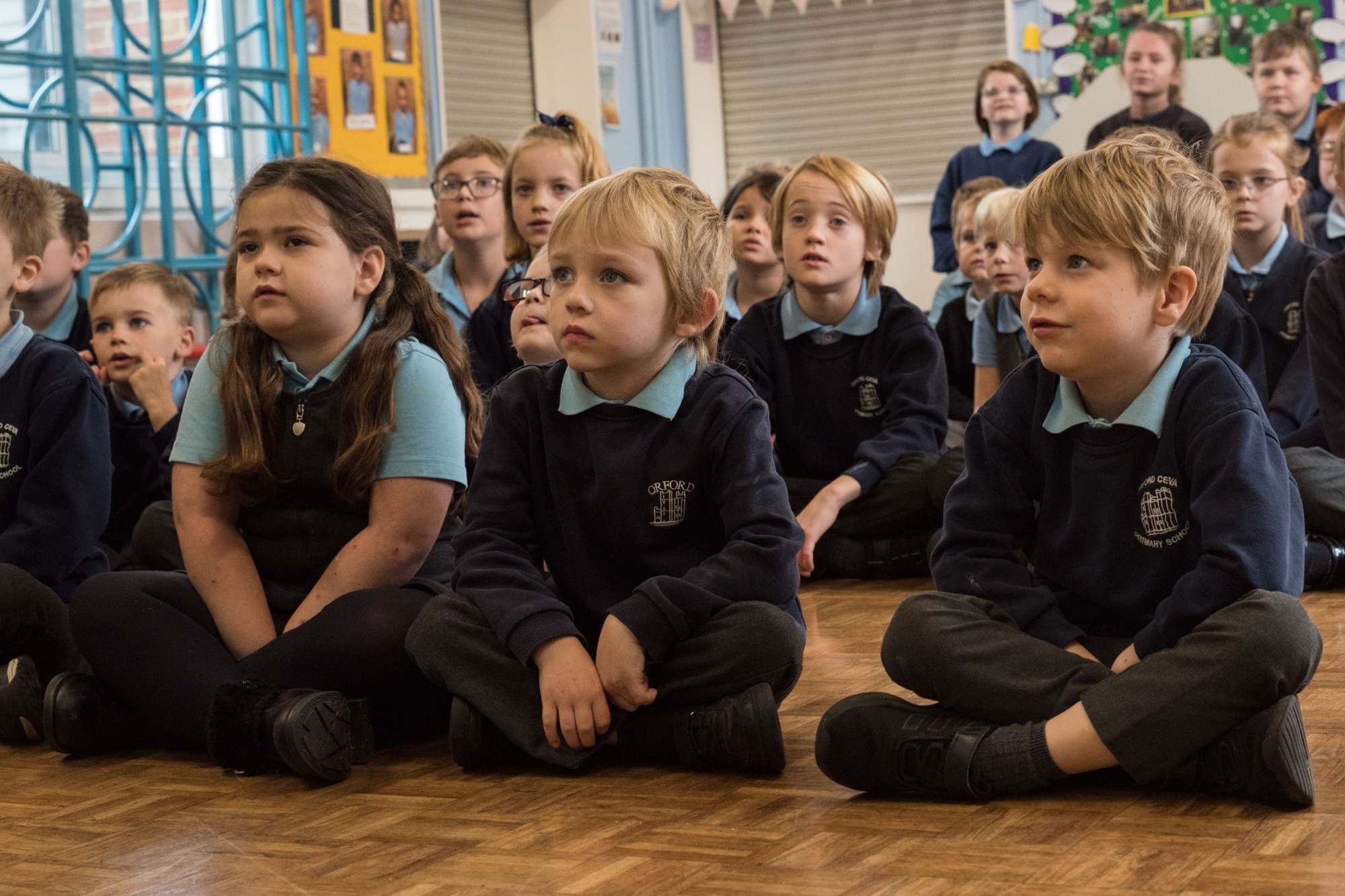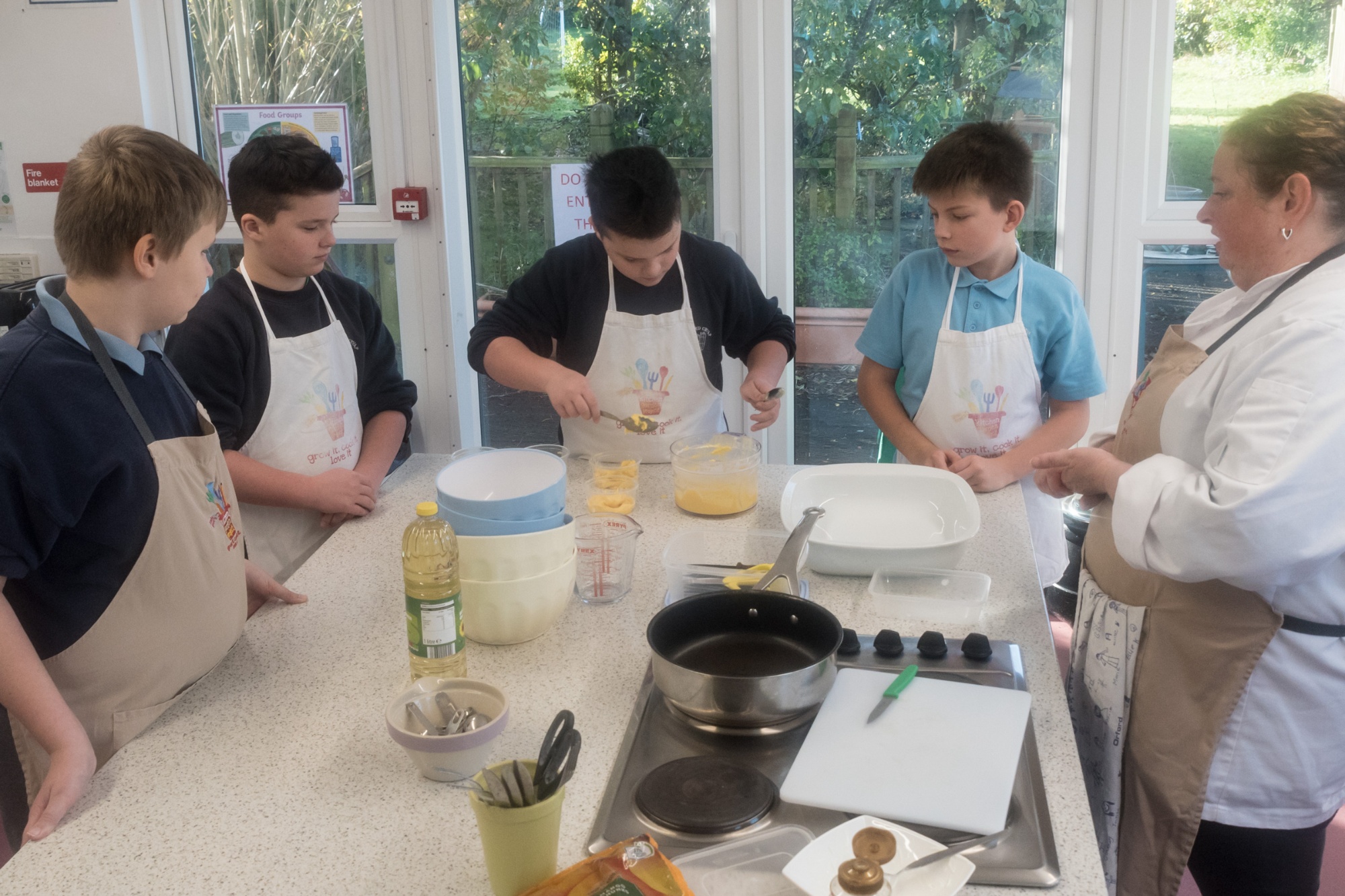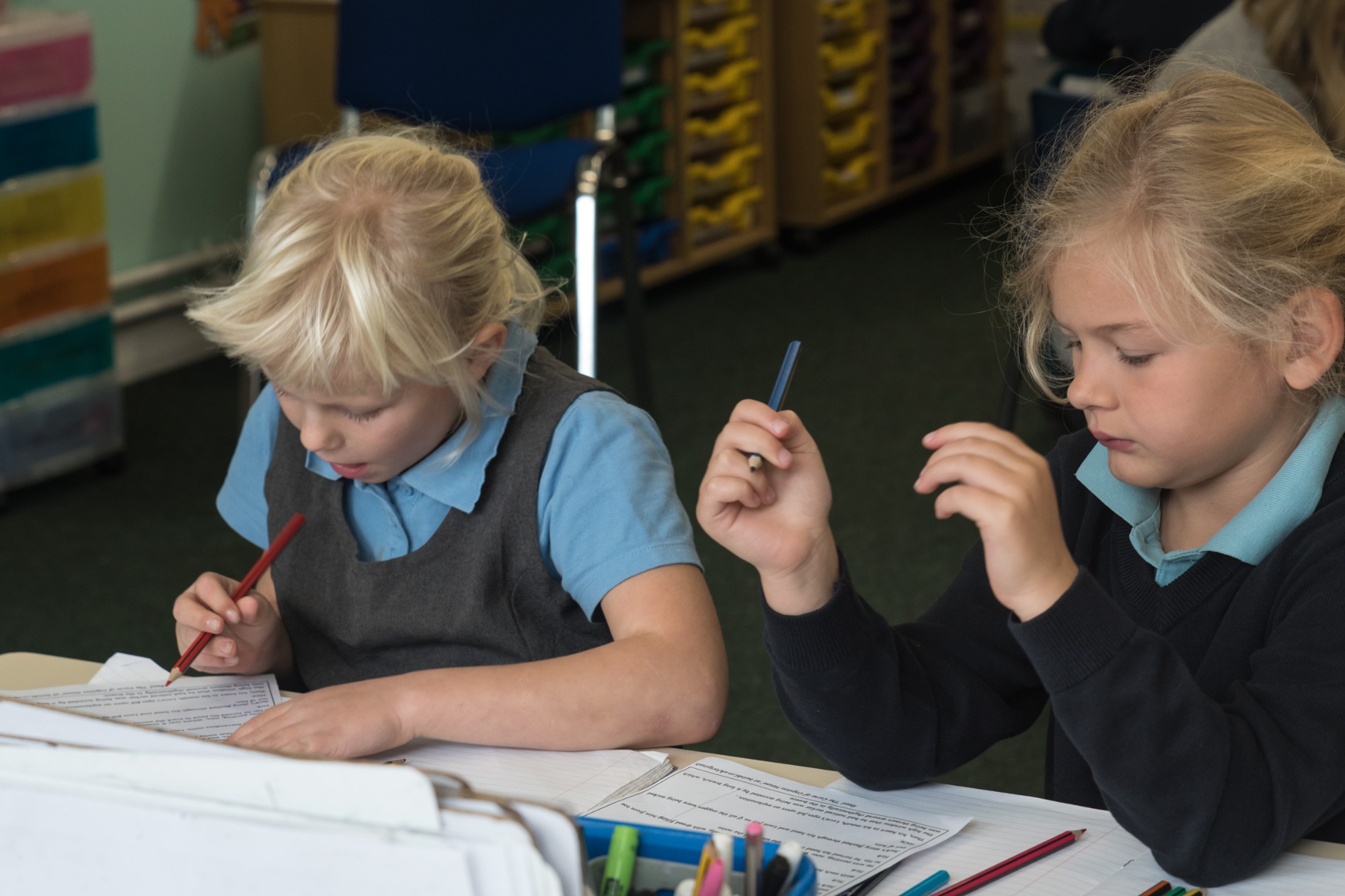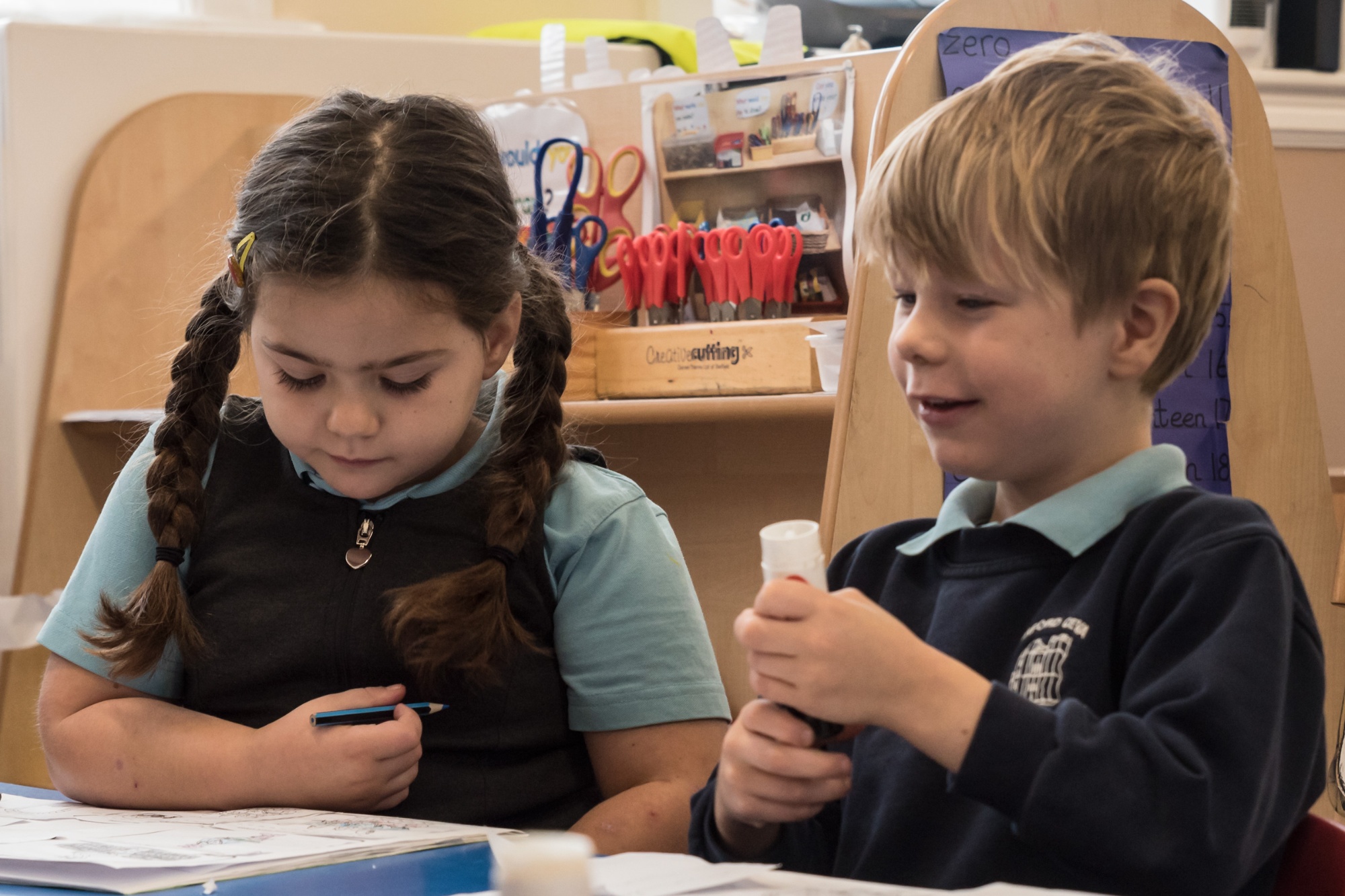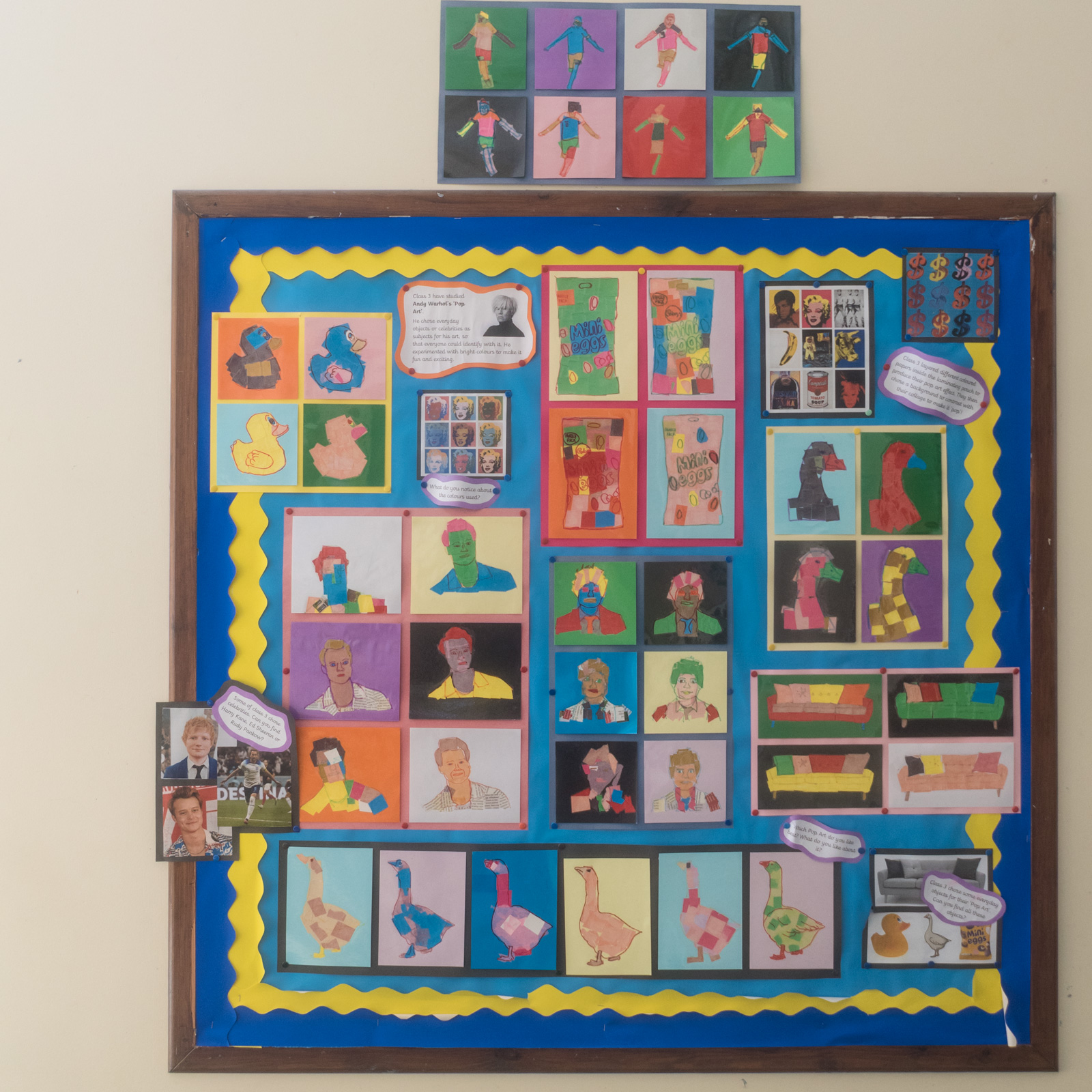Admission forms
The following forms should be completed and returned to the school when making an application other than at first time of entry.
Parents making an application for their child for the first time for September 2023 should apply online at the Suffolk County Council website.
For further details of selection and over-subscription criteria, please see the Admissions policy
Admissions Policy 24/25
Admissions Policy 2023/2024 - Orford CEVA Primary School
Our aim is to support every member of our school community as they grow to fulfil their true potential. We welcome them into an atmosphere of Christian trust and sharing, we build their confidence and take pride in their achievements.
The Governors of Orford CEVAP School, as the Admissions Authority for the school, are able to welcome up to 15 pupils into each year group (Published Admissions Number) and will try to meet the preferences of parents/carers but this cannot be guaranteed.
How to make an application
All applications must be made on a CAF1 form – available online - or via an online application http://www.suffolk.gov.uk/admissions) or a paper copy (copies at the school office). This form must be returned to the Local Authority (LA) . The address is Admissions Team, Endeavour House, 8 Russell Road, Ipswich, IP1 2BX. The closing date for applications is 15 January 2024 immediately preceding the September in which your child is due to start school. For enquiries please contact the School Secretary at the school.
It is expected that children will normally be educated within their chronological year group. However, sometimes parents may wish to request that a child is educated in a lower or higher year group.
This will apply when, for example, a parent wishes to delay their summer born (1 April to 31 August) child’s entry to full-time education in Reception Year until the following school year, when they have reached statutory school age, and so would fall chronologically into Year 1.
When this is the case a parent must request that the school allow the child to be educated outside their chronological age group (that is, in Reception rather than Year 1). The school will make decisions on the basis of the circumstances of each case and in the best interests of the child concerned, in line with paragraphs 2.17 to 2.20of the School Admissions Code (2021). Parents or carers should make a request to the school in writing in good time, prior to the closing date for applications for the year in question. This will need to include, where relevant, any supporting evidence.
The school will make a decision on the request, taking into account the views of the headteacher. The school will write to the parent or carer with the outcome including the reasons for the decision. If the request is refused, details of how to complain will be given. Even if the request to start in Reception in the September after the child’s 5th birthday is agreed there is no guarantee there will be a place available. An application must be made in the normal admissions round for that year of entry using the usual application form, which must be sent to the LA, along with the decision letter(s) from the school, and other relevant evidence by the national closing date.
For more information on admissions of summer born children see Department for Education Advice on the Admission of Summer Born Children, which is accessible by following this link:
Summer born children -school admissions https://www.gov.uk/government/publications/summer-born-children-school-admission
If there are more applications than places then children will be admitted to the school according to the following order of priority. An offer of a school place will be posted from the LA Admissions Team on 15th April 2024.
Children who have an Education, Health and Care plan which names the school, must by law be offered a place at that school.
APPLICATION PROCEDURE – IN-YEAR
Please read this guidance in conjunction with the Admissions to Suffolk School document.
1. Applications are not normally considered more than one term ahead of the date the place is required.
2. Parents wishing to transfer their children from one Suffolk school to another where there is no change of address should, in the first instance, discuss the matter with the Headteacher of their current school before applying for another school.
3. Parents who wish to make an in-year application for a place at this school should contact the school office for an application form (ADM1) or download it from the school website.
4. We will, on receipt of an in-year application, notify the Local Authority (LA) of both the application and its outcome, to allow the LA to keep up-to-date figures on the availability of places in the area.
5. The school does not hold a waiting list for in-year applications for year groups that are full. When a place becomes available in a year group that has previously been full at this school, any applicant refused a place for that school year in the last 15 school days and any applicant for whom an appeal has been lodged and is still to be heard, will be considered alongside any new applications. The place will be offered to the pupil ranked highest in accordance with the oversubscription criteria.
6. Applications are normally processed by the school within 5 school-days and the decision communicated in writing. Acceptance of offers can be made by email or letter but, in all cases, within two weeks of the offer date.
7. If the number of applications exceeds the number of places available the Governors will use their published oversubscription criteria to determine the offer of places. Any unsuccessful applicant has the right to appeal the decision to an independent panel and details of how to do this will be included in the decision letter.
8. Where an applicant is offered a school place following an in-year application, and the offer is accepted, arrangements should be made for the child to start school as soon as possible, particularly where the child is out of school.
School Admissions Code September 2021 - https://www.gov.uk/government/publications/school-admissions-code--2
The 2021 School Admissions Code (the Code) requires children who appear (to the admission authority) to have been in state care outside of England and ceased to be in state care as a result of being adopted to be given equal first priority in admission arrangements, alongside looked after children (LAC) and children who were previously looked after by English local authorities (PLAC). This advice refers to these children as internationally adopted previously looked after children – “IAPLAC”.
Priority order list
1. Priority 1: Looked after children (LAC) and all previously looked after children - children who were looked after but ceased to be so because they were adopted or became subject to a child arrangements order or special guardianship order, immediately following having been looked after (PLAC), including those children who appear (to the admission authority) to have been in state care outside of England and ceased to be in state care as a result of being adopted - internationally adopted previously looked after children (IAPLAC).
Children in care (looked after children) – A ‘child in care’ or a 'looked after child' is a child who is (a) in the care of a local authority, or (b) being provided with accommodation by a local authority in the exercise of their social services functions (see the definition in Section 22(1) of the Children Act 1989).
Children previously in care (previously looked after children) – Children previously in care (previously looked after children) includes children who were adopted under the Adoption Act 1976 (section 12 adoption orders) and children who were adopted under the Adoption and Children’s Act 2002 (section 46 adoption orders). Child arrangements orders are defined in section 8 of the Children Act 1989, as amended by section 12 of the Children and Families Act 2018. Child arrangements orders replace residence orders and any residence order in force prior to 2018 is deemed to be a child arrangements order.
2. Children with confirmed refugee status1
3. Children who have a brother or sister2 who is attending Orford School at the time of their admission. If necessary, priority will be given to those with the smallest age difference.
4. Children who are ordinarily resident 3 in the Orford catchment area4.
5. Children who themselves or their families5 regularly6 worship at an Anglican church. This information is confirmed by the completion of a Supplementary Information Form (SIF).
6. Children who themselves or their families5 regularly6 worship at churches that are members of Churches Together in Britain and Northern Ireland. This information is confirmed by the completion of a Supplementary Information Form. 6a
7. Applicants who wish to be considered as committed adherents of other recognised Faiths will be required to show that they attend their Worship place at least monthly and provide a SIF completed and signed by their local Faith Leader. Recognised Faiths are: Islam, Judaism, Hinduism, Buddhism, Sikhism and Jainism. The arrangements refer to worship at least monthly and this means worship at least monthly for a period of a year before the deadline for applications.
In the event that during the period specified for attendance at worship the church or, in relation to those of other faiths, relevant place of worship has been closed for public worship and has not provided alternative premises for that worship, the requirements of these admissions arrangements in relation to attendance will only apply to the period when the church or in relation to those of other faiths, relevant place of worship or alternative premises have been available for public worship.
.7
NOTE : In the event that during the period specified for attendance at worship the church or, in relation to those of other faiths, relevant place of worship has been closed for public worship and has not provided alternative premises for that worship, the requirements of these admissions arrangements in relation to attendance will only apply to the period when the church or in relation to those of other faiths, relevant place of worship or alternative premises have been available for public worship”.
8. Other children
Pupil transition from Orford Nursery - Orford Nursery has its own admissions policy which is monitored and reviewed by Orford CEVAP School’s governing body. For pupils transferring from Orford Nursery to Orford CEVAP School, applications need to follow the guidelines and processes as stated in this policy.
Distance tie-breaker – We will give priority to the applicants who live nearest to the school as measured by a straight line (‘as the crow flies’). All straight line distances are calculated electronically by the LA using data provided jointly by the Post Office and Ordnance Survey. The data plots the coordinates of each property and provides the address-point between which straight line distance is measured and reported to three decimal places. Where there is more than one home within a single building (for example apartments) we will measure to a single point within that building irrespective of where those homes are located.
In the unlikely event of two or more applicants living the same distance and competing for a single place, lots will be drawn by someone independent of the school to determine the successful applicant.
(Where a child lives with separated parents who have shared responsibility, each for part of the week, the address at which the child is ordinarily resident will be considered to be the address that the child lives at for most of the week (excluding weekends and school holidays). Both parents must provide evidence in writing to confirm the child’s living arrangements at the time of the application.
In cases where the child spends an equal proportion of the school week with both parents, evidence of the main contact address will be required to support the application. Both parents must agree in writing which address is to be used as the ‘ordinarily resident’ address. This address will then be used when processing all school preferences expressed. It is not acceptable to use one address for one school preference and another address for another school preference.)
If the Governing Body’s decision is not to grant a place for your child, you have the right to appeal against their decision. There is no deadline for the submission of appeals which are independently administered by the Education Appeals Office, PO Box 579, Ipswich, IP1 2BX.
A waiting list will be maintained by the school of those unsuccessful in their initial application. Names are placed on the waiting list in the priority order set out in the above oversubscription criteria. The order of children on a waiting list does not remain static - as circumstances change a child’s place on the waiting list can go up or down, for example due to withdrawals or additional applications. If you change your address whilst your child is on a waiting list you must let us know. Please be aware that this may change your child’s position on the waiting list. Having your child’s name on a waiting list will not affect your right to appeal for a school place in any of the schools for which you have applied. If a place becomes available, we will offer it to children on the waiting list in priority order. We do not offer places on the basis of the date on which names were placed on the list. Where the school is over-subscribed, late applications will be placed on the waiting list. The order will be determined in accordance with the admissions' oversubscription criteria, not the date on which the application is received. The waiting list will cease to operate on 31st December 2023. The school does not hold waiting lists for any other class.
The above arrangements apply to those who are applying for a place at the start of full time education. Pupils applying for a place when transferring from another school, or if an application is late will be accepted provided the number in the year group is less than 15. Where an applicant is offered a school place following an in-year application, and the offer is accepted, arrangements should be made for the child to start school as soon as possible, particularly where the child is out of school.
1. Anyone claiming confirmed refugee status should provide copies of the relevant Home Office documents
2. Where the child has a sibling in the school or a sibling has already been offered a place at the school and where the sibling will still be attending the school at the time of admission but not in the sixth form. The term sibling includes: natural, half, step, and adopted brothers and sisters; a child of the partner/carer; and children who are fostered into the family. In all these cases, the child and their sibling will both be living at the same address (this is where the child is ordinarily resident) in a single family unit. This means that children from different family units, where those separate families are living together at the same address, are not considered siblings under this criterion.
3. By “ordinarily resident” we mean the place where your child usually lives. We consider this to be where they sleep overnight. We may need proof of this address. If you use another address to give the impression that your child lives at a different address to where they are ordinarily resident, such as a second home or a grandparent’s address, so that you have a higher priority for a place at that school; we consider this to be a fraudulent application. Where a child lives at two or more addresses, each for part of the week, the address at which the child is ordinarily resident will be considered to be the address that the child lives at for most of the week (excluding weekends and school holidays). Separate evidence in writing from each parent must be provided to confirm the child’s living arrangements at the time of application.
In cases where the child spends an equal proportion of the school week at two or more different addresses, evidence of which is considered to be the main contact address will be required to support the application. Agreement in writing by the parents will be required to state which address is to be used as the ordinarily resident address. This address will then be used when processing all school preferences expressed. It is not acceptable to use one address for one school preference and another address for another school preference.
If we are aware of a parental dispute affecting the application, we may not be able to deal with the application and you may need to seek independent legal advice in order to resolve the matter.
Gypsy, Roma, Traveller: We regard Gypsy, Roma and Traveller pupils who move into the catchment of the school as ordinarily resident in that area when considering applications for a school place.
4. Details of the catchment area can be obtained from the school or from www.suffolk.gov.uk/catchmentmaps or from the Admissions Team at 0345 600 0981 (local number). Living within a school’s catchment area is no longer an absolute guarantee that a place is available at your catchment school.
5. Families in this context means both parent and siblings. A parent is any person who has parental responsibility for or is the legal guardian of the child. Where admission arrangements refer to ‘parents’ attendance at church’ it is sufficient for just one parent to attend. ‘Family members’ includes only parents, as defined above, and siblings.
6. The arrangements refer to worship at least monthly and this means worship at least monthly for a period of a year prior to the deadline for applications which is 15 January 2024
6a This is not compulsory, but if applying on religious grounds it does provide helpful information allowing the governors to fulfil their obligations as the admissions authority. The SIF alone does not constitute a valid application for a place at the school. The CAF is the only acceptable application for a place at this school.
7 Parents should indicate that they wish their application to be considered under this category.
8 For admission to the 2024/25 school year all children will be eligible for admission to Orford CEVAP School full time in the September following their fourth birthday. Where parents are offered a place for their child in the Reception Year of Orford CEVAP School they may decide either to take up the offer full time in September, or take up the offer part-time or defer entry. If a parent wishes to defer entry to later in the year the place at Orford CEVAP School will be held open until the child starts school. However, parents must take up the full-time place no later than the beginning of the term after the child's fifth birthday, and must in any case take up the place before the end of the school year for which the original application was accepted.
It would normally be expected that parents will take up the offer of a primary school place (be that full- or part-time) at the beginning of a school term, unless there is agreement with the school that a place could be taken up at another time in the year.
This policy will be reviewed annually in line with the School Admissions Code. Consultation takes place locally with parents and, more formally with the Diocesan authorities and the Local Authority.
Orford Primary School is fully committed to equality of opportunity and inclusion for all children.






